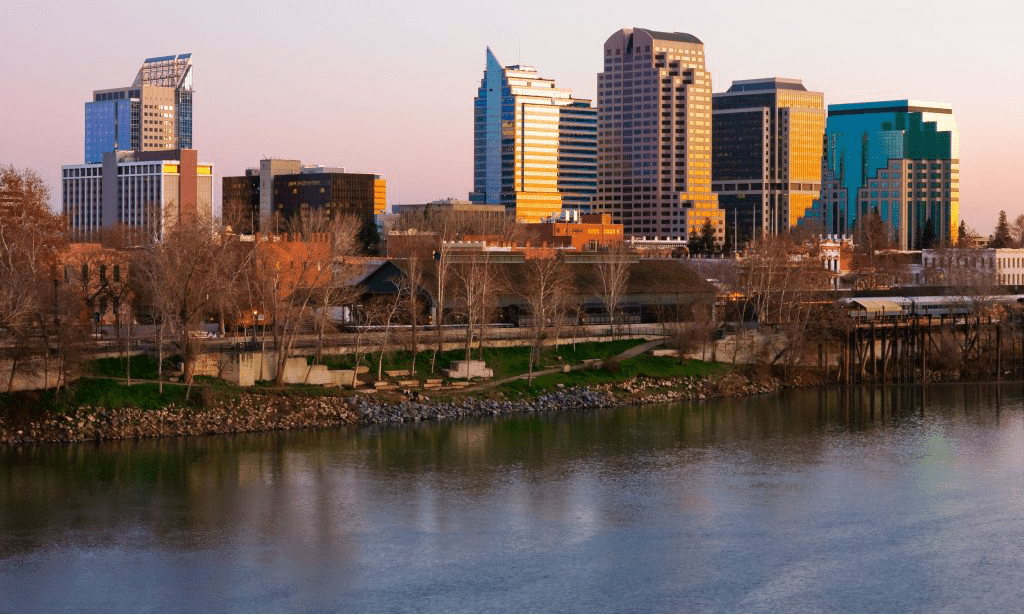(This is the second of three stories marking the two-year anniversary of the start of legal recreational cannabis sales in California. Part 3 will examine what industry insiders believe the future holds for the state’s marijuana industry. The first installment, which investigated the overall impact of the illicit market on California’s legal cannabis market, is available here.)
Most industry watchers agree that California’s legal marijuana market problems stem from three main factors, which are intertwined:
- A dual licensing system that requires local municipality authorization before businesses can obtain a state marijuana permit.
- High taxes that shrink profit margins and drive consumers to the illicit market.
- The ongoing success of the illegal cannabis market.
Oakland-based cannabis consultant Luna Stower – and others with established roots in California’s 24-year-old medical marijuana market – saw much of this coming in 2016, when Proposition 64 was on the ballot to legalize recreational cannabis in the state.
Stower was worried the new state law would create a “bastardized version” of California’s extensive MMJ market.
“I knew what Prop 64 would do was effectively kill the traditional market. … All my friends and family voted against it,” Stower recalled. “I had a ton of dread and trepidation, and it was worse than I could have ever expected.”
Two years into the new legal MJ market, Stower’s fears have largely come to pass.
She became one of many employees laid off in the industry last year when she lost her job with Jetty Extracts in Oakland. However, Stower still does contract work with the manufacturer.
All these challenges combined raise questions about what went wrong and why, and how might the industry map a strategy forward?
Local power equals ongoing prohibition?
Local governments in California can regulate the marijuana industry as they see fit – or simply ban it from operating within their borders.
“Legalization was avoided by having local control in Prop 64,” said Kenny Morrison, president of the California Cannabis Manufacturers Association. “You can’t even call it legalization when more than 70% of the state doesn’t (allow for marijuana retailers).
“That’s legalization looking more like prohibition. That’s pseudo-legalization.”
But was local control avoidable? The answer isn’t clear, and neither is the path around it.
Before California launched legalized adult-use sales in January 2018, and even a year after that, medical marijuana collectives could operate without fear of criminal prosecution.
But local officials have pushed back on cannabis industry growth in California for years, even before the state Legislature passed an MMJ regulatory structure in 2015.
Local control was a key priority for the California League of Cities, which represents various municipalities in lobbying efforts at the state Capitol in Sacramento and in many political campaigns.
So when the California Legislature finally approved three bills on Sept. 11, 2015, to regulate the growing cannabis industry – collectively titled the Medical Marijuana Regulation and Safety Act (MMRSA) – local control was an important element.
That framework became the foundation for Proposition 64, formally known as the Adult Use of Marijuana Act (AUMA).
The local control written into MMRSA also reflected California case law that had already established municipalities’ rights to ban medical marijuana commerce.
That meant the drafters of MMRSA and Prop 64 had to write a proposed law that wouldn’t get thrown out by the courts for preempting home rule authority, said Max Mikalonis, a legislative advocate at Sacramento-based K Street Consulting.
One of the triggers in MMRSA was a requirement that localities enact MMJ regulations by March 2016 – just a few months after the law passed the Legislature – or state regulations would take precedence. That led directly to the first wave of local industry bans, Mikalonis recalled.
Local control also was adopted by the Prop 64 drafters to head off a political opposition campaign in 2016 by the League of Cities against recreational legalization, said Nate Bradley, who worked closely with the Prop 64 campaign as a co-founder of the California Cannabis Industry Association (CCIA). He’s now the executive director of the Cannabis Consumer Policy Council and is not affiliated with CCIA.
Tax origins
When MMRSA was approved, one of the most vital unsettled issues was how the state would tax medical marijuana.
On the same day that MMRSA passed, two more bills were brought to tackle MMJ taxes: Assembly Bill 1548, which proposed a cultivation tax, and Senate Bill 297, which would implement an excise tax.
The author of the Senate measure later introduced Senate Bill 987 in February 2016 with a 15% excise tax.
The cultivation tax rates from AB 1548 and the 15% excise tax both were written into Proposition 64.
“When those bills were introduced, those were placeholder numbers,” recalled Hezekiah Allen, who was negotiating with state lawmakers at the time as the executive director of the California Growers Association (CGA). Allen now chairs the board of Emerald Grown, a co-op of small cannabis farmers in the Emerald Triangle.
Allen said that the author of the excise tax bill, Sen. Mike McGuire from Humboldt County, originally wanted a 20% excise tax, and by the time the bill was shelved in the summer of 2016 it was amended to a 10% excise tax.
At that time, it was too late to change the language of Prop 64, so taxes were set.
As Prop 64 developed, the rates themselves weren’t as contentious an issue as some other debates among insiders over what to include in the measure, recalled Tamar Todd, former legal director at the Drug Policy Alliance, who helped write the law.
And one of the goals was to get the rates to work so that state income from cannabis taxes would hit $1 billion a year, Todd said.
That $1 billion in tax revenue turned into part of the campaign’s message to voters, said Allen.
“Being able to promise California $1 billion a year was a big factor in how the policy came down,” Allen said.
Now, the tax rates are part of the blame game, especially because the state recently increased the markup rate for cannabis.
To lower the tax rates would take two-thirds support in both chambers of the state Legislature or a new ballot measure – both of which are hefty political lifts and uncertain shots at best.
Still, lawmakers are attempting again this year to lower MJ taxes, to ease the industry’s financial burden.
John Schroyer can be reached at johns@mjbizdaily.com







